These were supposed to be the superphones of the future, but all they ended up being was an epic fail
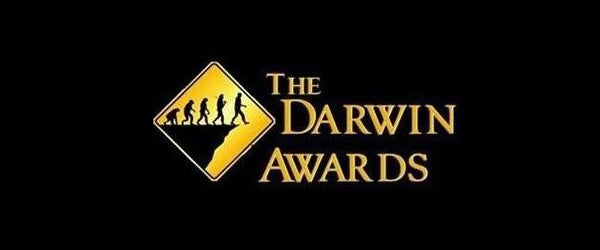
“The next big thing is here”, “#Hype”, “the next generation of personal computing”, “bridges the gap for a new generation of smartphone users”: this is just a small selection of hyperboles thrown around new phones that pump up expectations around new phones.
NOT "the next big thing"
Sometimes, companies live up to them: Apple’s iPhones and Samsung Galaxy phones are consistently selling in tens of millions of units, but other times, those words wear off in just a few months and looking back from the perspective of time, look like nothing more than a joke.Amazon Fire Phone
Release date: 2014
The Amazon Fire Phone is the brainchild of none other than Amazon founder Jeff Bezos himself. A massive effort that took some three years in research and development, the Fire Phone touted the idea of an effortless 3D interface that was supposed to look cool, but ended up being perceived as a useless gimmick with a heavy Amazon skin that limited Android functionality. It didn’t help that the Fire Phone launched with a sub-par hardware, yet a flagship-grade price. Amazon cut its price and bundled it up with its super-successful Amazon Prime service, but nothing helped and less than a year after its launch, the Fire Phone is a discontinued and costly nightmare that we hope the company won’t ever repeat.
HTC First
Release date: 2013
The so called ‘Facebook phone’, the HTC First came with an aggressive Facebook launcher (the app still has one of the lowest ratings among launchers on Google Play) that took over your whole phone. Strangely, despite more than a billion people across the world wasting hours of their lives on the social network, the idea of a Facebook-only launcher with crippled other functionality was (thankfully) denied by the public and the phone ended up being a failure, and a lesson Facebook would remember for a while.
Ubuntu Edge
Release date: never released (planned for 2013)
The Ubuntu Edge announced itself as a geek dream of a device: a phone with top notch hardware (it promised 4GB of RAM in 2013, and we still rarely have phones with 4 gigs of RAM in 2015!) and the possibility to juggle between two operating systems - Android and Ubuntu, for a complete experience. Mark Shuttleworth, the millionaire behind the Ubuntu Linux distro stood behind the project, but despite all the coverage, the Ubuntu Edge could not attract even half of the $32 million funding it needed in an IndieGogo campaign. The dreamy concept showed how hard it is even for such an immensely ambitious idea to be perceived as realistic in the fiercely competitive market of Androids and iPhones. Microsoft will try something similar with Windows 10 this year with the ‘Continuum’ functionality, and it might just work this time around.
LG Optimus Vu
Release date: 2012
Sometimes companies rush to be the ‘first’ one and take particular pride in achieving this status. Samsung, for instance, was first with phablets, and this success inspired others to follow. LG, however, did not seem happy with its follower situation, and decided to also pull off an ‘exclusive’ and a ‘first’ with a device unlike others: the LG Optimus Vu. A big screen phone, the Vu comes with a 4:3 aspect ratio making it a huge, extremely wide brick of a phone that doesn’t fit in many pockets and is a pain to use with a single hand. Naturally, this hyped up phone ended up being an epic fail in most of the world (it had some traction with opportunistic and experiment-friendly markets in Asia), but resilient LG manufactured a second and even a third generation of the phone before finally giving up.
HP Veer
Release date: 2011
Palm’s Pre (a device that you’ll read more about below) was not the market success Palm expected and Palm’s troubled financial situation pushed the company in the not-so-friendly arms of HP. That is where former Apple exec turned-Palm-mastermind Jon Rubinstein conceived the HP Veer, an extremely awkward phone that bucked the trend of large screens and came with a claustrophobically small 2.6-inch screen. Moreover, the HP Veer was announced before the HP Palm Pre 3 in a strange turn of events - rather than focusing on its flagship phone, HP pulled a weird miniature phone. This, along with the failure HP TouchPad a few months earlier, ultimately resulted in HP pulling the Pre 3 practically right after its launch as well.
Microsoft Kin
Release date: 2010
Microsoft is no stranger to failure in recent years: it wrote off two huge acquisitions - first, a $6.2 billion aQuantive write-off, and then Nokia just recently, an even bigger $7.6 billion write-off. What write-offs don’t account for, though, is time, and in terms of wasted precious time the Microsoft Kin is probably the most notable example of an overly hyped device that turned out to be a spectacular failure. The glorified feature phones (okay, they ran the limited Kin OS based on Windows CE) with a pop-up physical keyboard that were supposed to allure the youth ended up being a $240 million write-off. The bigger issue, however, was that Microsoft was focused on these short-lived devices when Apple and Google were setting the foundations of their iOS and Android ecosystems that Microsoft simply can’t reach at the moment.
Dell Streak
Release date: 2010
Ah, those silly days when we considered 5-inch phones to be gigantic! Can you imagine that time was just five years ago? The Dell Streak challenged the stereotypical small screens of the time with its large for the times 5” screen, but the market wasn’t ready and it took a couple of years until the Galaxy Note came. The Dell Streak was a device from one of the most successful computer makers and it could have started a successful family of Dell phones, but it was too bulky, slow and poorly designed, so instead of living up to the hype, it was a disappointment.
Palm Pre
Release date: 2009
The Palm Pre! How can it be in this category of failures when we ourselves ranked it an outstanding 9.9 out of 10 in our original review? The Palm Pre will forever hold a soft spot in our heart: its card-based interface laid the foundation for modern design languages, its gestures were ingenious, its platform was ambitious, its design was cute, and it supported the futuristic wireless charging tech that many phones lack even today. Yet it was slow. It didn’t work well. It was underpowered. Its marketing was a disaster. It was a promise that we loved, but a reality that we couldn’t live with, the sweetest failure in this list.
Nokia N97
Release date: 2009
Back in 2009, Nokia was the number one phone maker by a huge margin. Yes, the Apple iPhone had already arrived, but Nokia didn’t care: it sold tens of millions of devices and reaped the vast majority of profits in the industry. It was seemingly an unstoppable juggernaut, and the Nokia N97 was supposed to be a definite iPhone killer: a device with outstanding design, tons of storage (32 gigs was unheard of then), a physical QWERTY keyboard, and a camera from the best cameraphone maker. Yet there was trouble in paradise: Nokia had miscalculated how antiquated would Symbian look in 2009 in comparison with iOS and the nascent Android OS. The N97 was buggy, slow and it crashed way too often. It was the beginning of the end for Nokia, an overhyped failure.
BlackBerry Storm
Release date: 2008
BlackBerry was another seemingly bullet-proof company riding sky-high market caps in a market of ‘Berry addicts. The company king of email seemed to detect the danger coming from the iPhone earlier than many others and quickly came up with a device that was supposed to compete on Apple-esque terms: an all touch interface and a new UI, but BlackBerry used a weird ‘SurePress’ technology that complicated the experience and its BlackBerry OS 5 wasn’t a pretty sight, nor was it particularly fast. Ultimately, all of those negatives earned the BlackBerry Storm more hate from disappointed users than love, and it ended up as one of the biggest fails of the year, one of many failed ‘iPhone killers’.
Motorola Rokr E1
Release date: 2005
While we have spoken with a lot of respect about the importance of the Apple iPhone launch in 2007, we don’t forget that Apple tried making a phone much earlier: the Motorola Rokr E1 was a collaboration between Apple and Motorola. The main idea of the phone was to give users quick access to iTunes and music, but with limited storage and lack of functionality in comparison with the first smartphones (then called PDAs and communicators), it ended up a sore disappointment that did not live up to the high expectations.
Follow us on Google News

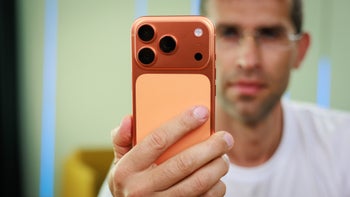
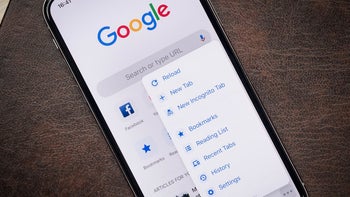
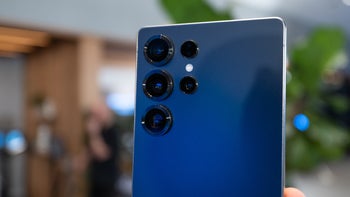
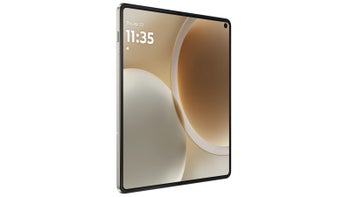

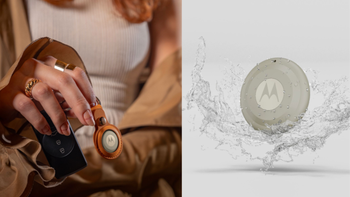




Things that are NOT allowed:
To help keep our community safe and free from spam, we apply temporary limits to newly created accounts: